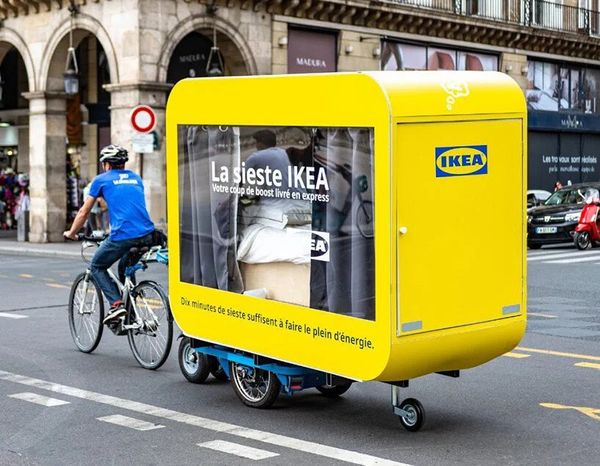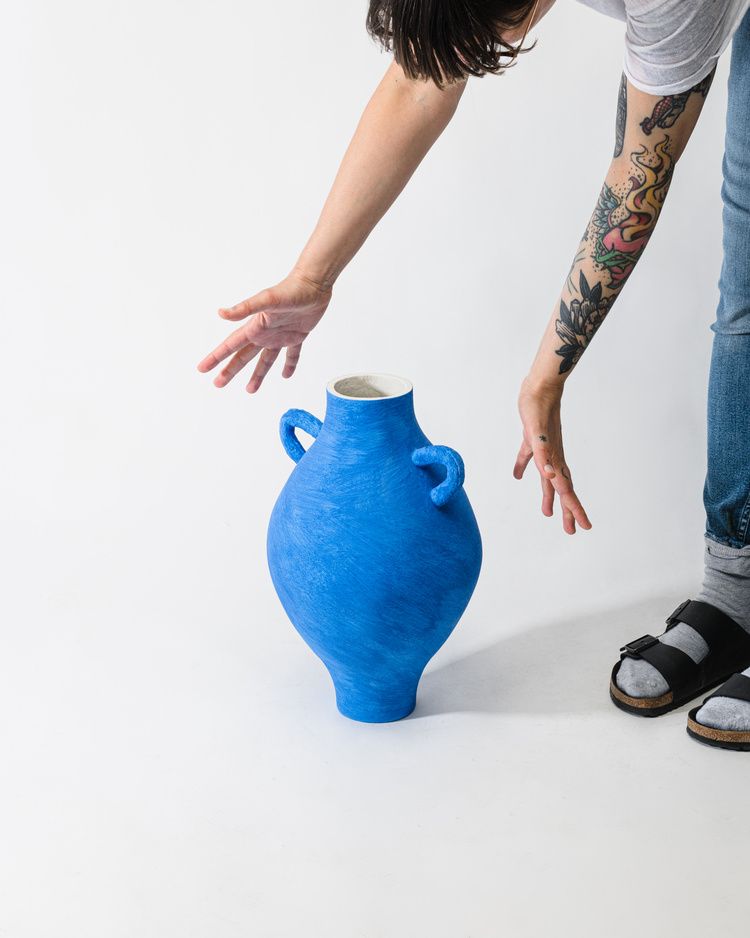Figures from Ancient Greek mythology, and motifs from African and Slovak folk architecture, are brought to life in Linda Viková’s objects. The Bratislava-based designer’s unique ceramics are both rustic and modern, and their characterful beauty is not compromised by function.
Linda Viková graduated from the Bratislava College of Fine and Applied Arts, but had already mastered the basics of ceramics before starting university. She studied for six years in the workshops of the Keramische Werkstatt Margaretenhöhe in Essen, which has been in operation since 1925, alongside the South Korean-born ceramist Young-Jae Lee. It’s worth pausing here for a moment, as the porcelain and stoneware made here combine the precision of German craftsmanship with the philosophy of the Far East, and this undoubtedly had a significant influence on the young Slovakian artist: to keep an eye on function without forgetting the traditions of the craft. When she obtained her Master’s degree in 2009, she knew that handcrafted, functional ceramics would be his path, but she did not embark on this adventure alone. A few years later, in 2012, she and Simona Janišova launched their joint brand si.li.
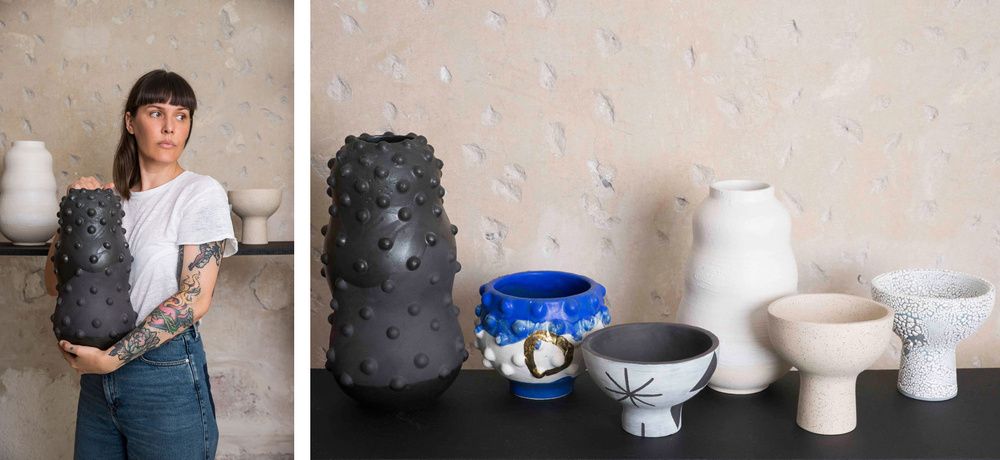
“si.li seemed to be a suitable platform for both of us to create and produce objects together that we would not have been able to do on our own. Thinking and working together is a way of combining energies: four hands can do more than two,” says Linda.
The brand’s palette mainly consists of handmade ceramics for everyday use—coffee cups, plates, cake bowls, bathroom accessories, plant pots—that can withstand wear and tear, are dishwasher-safe, and affordable. Most of the items are made to order, in limited editions, but a few are in stock in the webshop (one of our favorites is the porcelain travel coffee cup with a BPA-free silicone lid, made unique by the blue-white glaze).
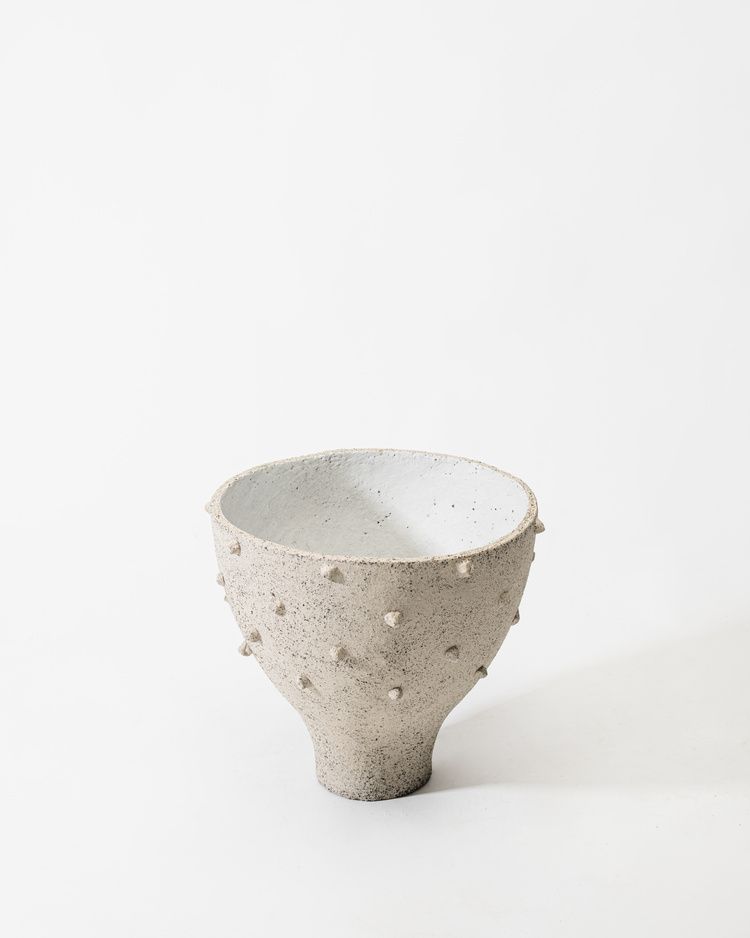
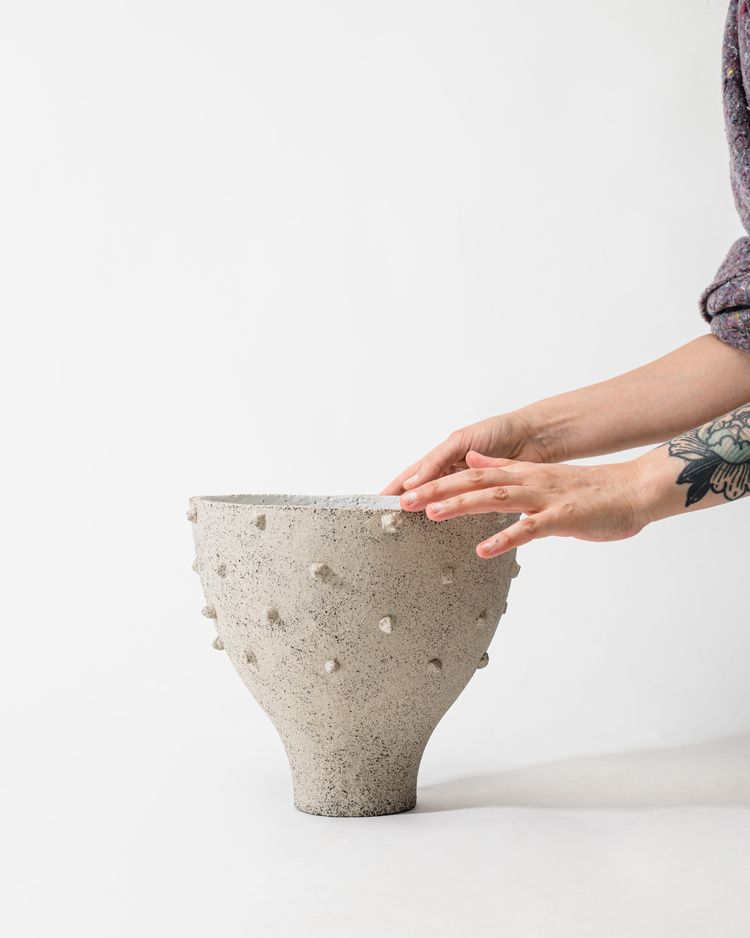
Both members of the design duo also believe it is important to define themselves as independent creators, leaving room for free experimentation with different materials and techniques. For Linda, the focus is on the vase as one of the most ancient forms—an object type that dates back thousands of years and is perfect in so many ways: it is very simple and yet infinitely diverse. Although we tend to reduce vases to the level of ornaments, let’s not forget that we are talking about a container: its function is very specific, and the use of different techniques and materials offers an infinite range of possibilities for the creator. It is precisely the archaic nature of the object that Linda emphasizes in her works, evoking the ancient Greek amphorae:
“My key sources of inspiration are ancient Greek architecture and ancient mythology. I also choose these forms for my vases because they are familiar and understandable to the recipient, which makes it easier for them to identify with the object,” says the designer.
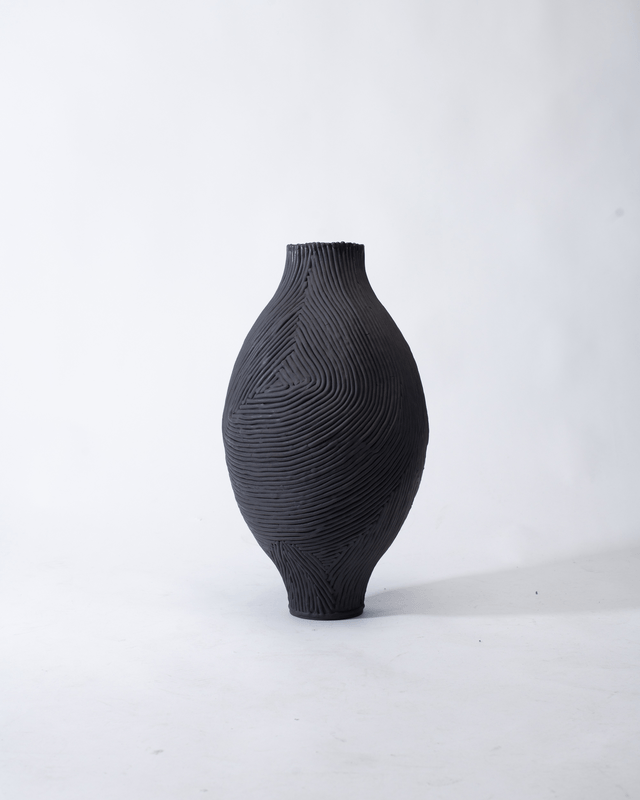

Most of Linda’s vases are made by casting, using a plaster mold, followed by various techniques—hand building, coiling, pressing—that give the objects their unique character. But it’s not just the exciting surface finishes, the use of different colored glazes, but also the scale of the ceramics that tells us that this is not just another object to hold a bouquet of flowers. Linda’s vases are very memorable and rightly demand attention, almost sculptural in appearance, while not losing sight of their actual function.

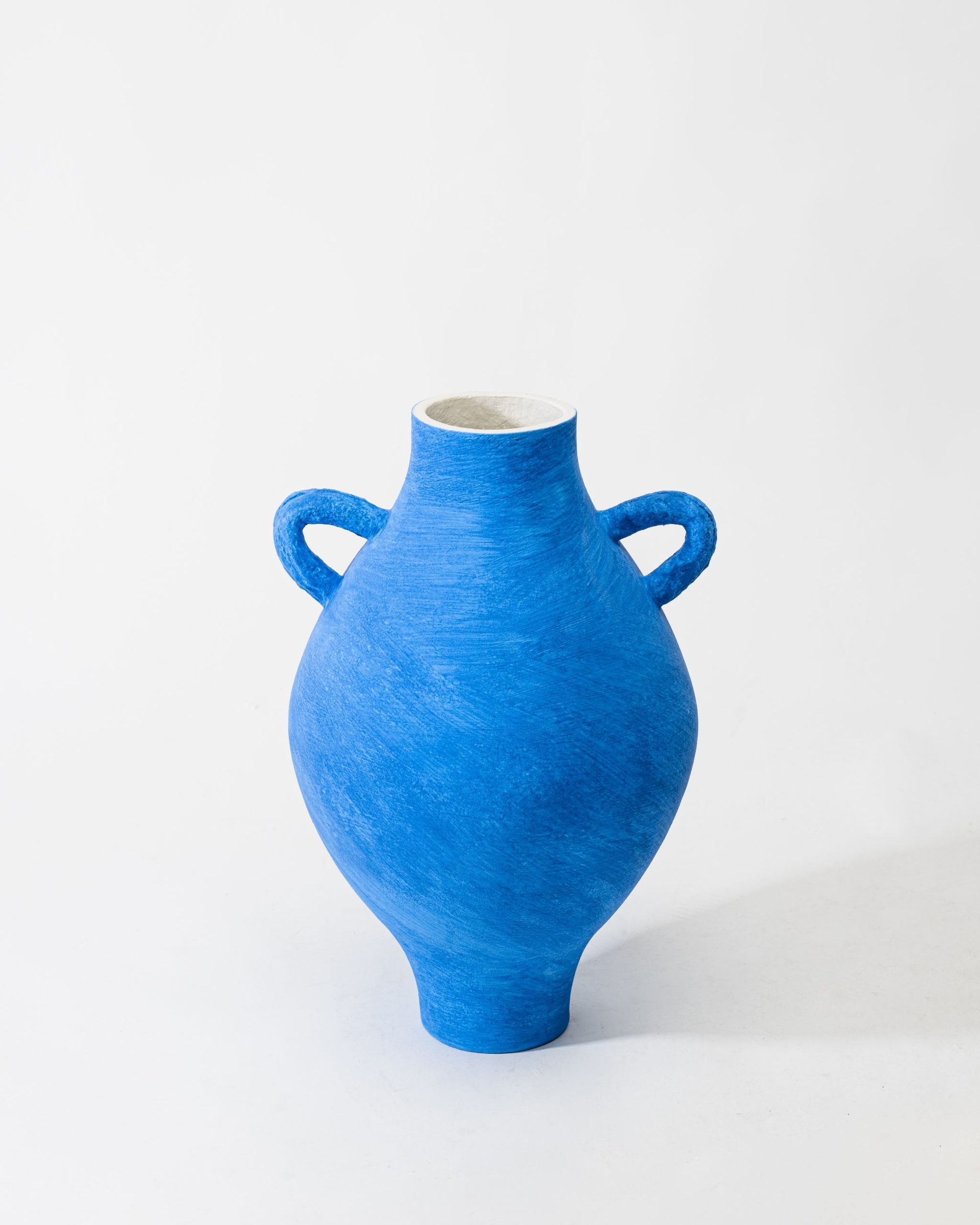
Made of high-fired chamotte clay, the “Mimic” vase evokes a hiding creature. The “Oia” vase, with its authentic Greek vibe, could even be boring, but it is far from it: a perfect silhouette and imperfect brushstrokes make this piece truly special. The vases resembling ancient columns and decorated with hemispheres are inspired by Greek gods: the larger, black version is named after Erebus, the ancient god of darkness, and the smaller, blue one after his daughter Hemera.

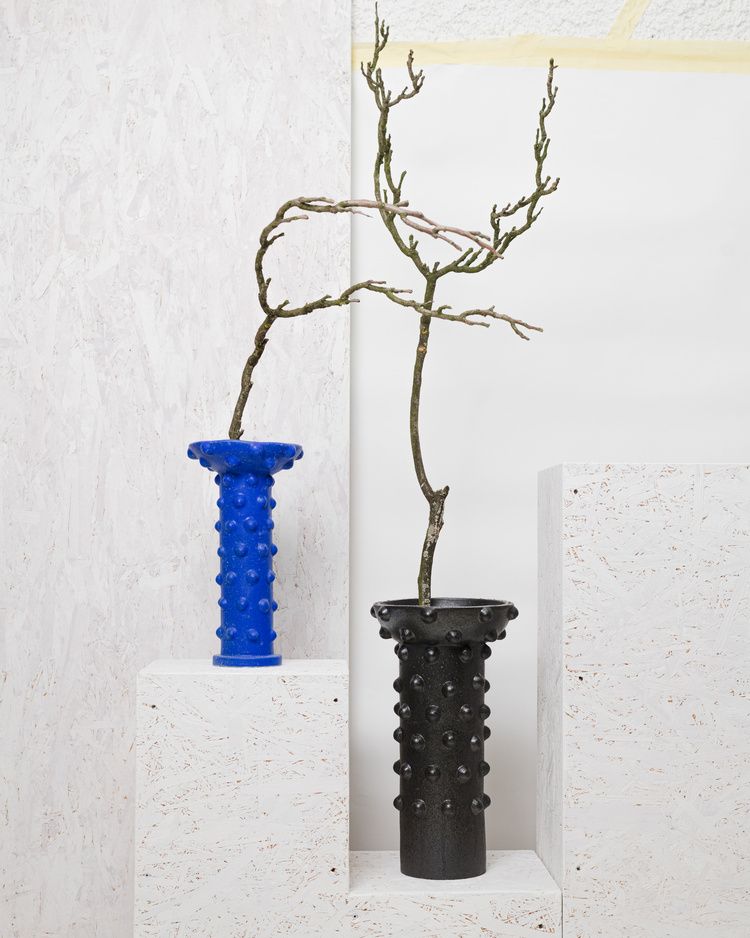
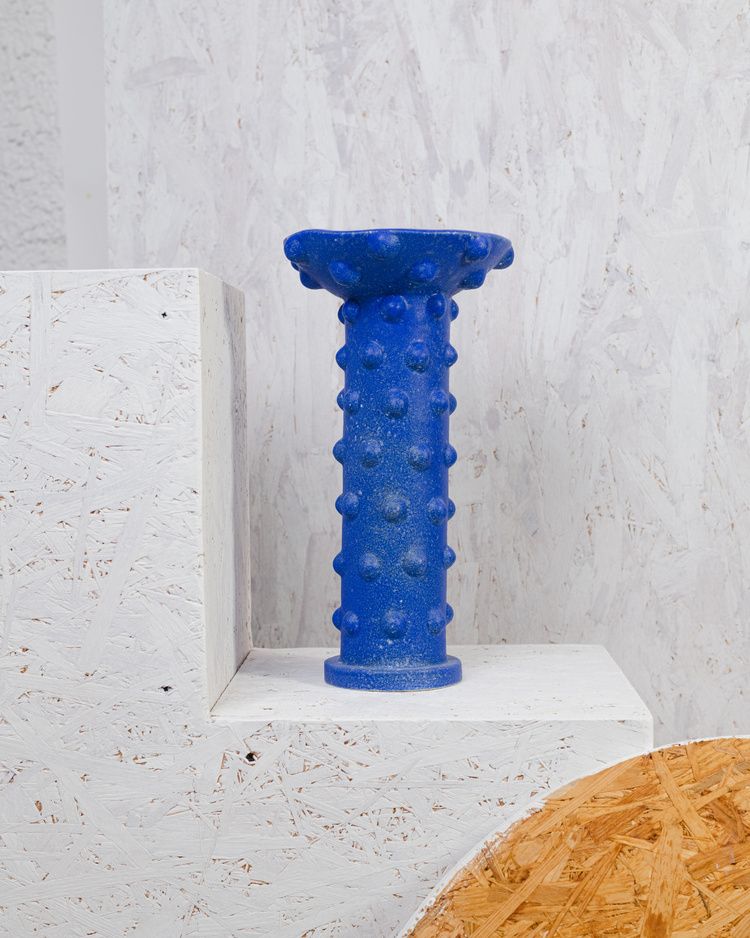
The engraved “Kassena” vases and lidded bowls are also rustic, but the focus is no longer on Greece but Africa. The name refers to a group of people living in the north of Burkina Faso who decorate their clay houses themselves—this activity is usually carried out by women: they adorn the walls with geometric patterns, using local minerals to produce the paint. A similar phenomenon can be seen in the northern Slovak village of Csicsmány, where simple white-washed decorations appear on the facades of the traditional wooden houses.
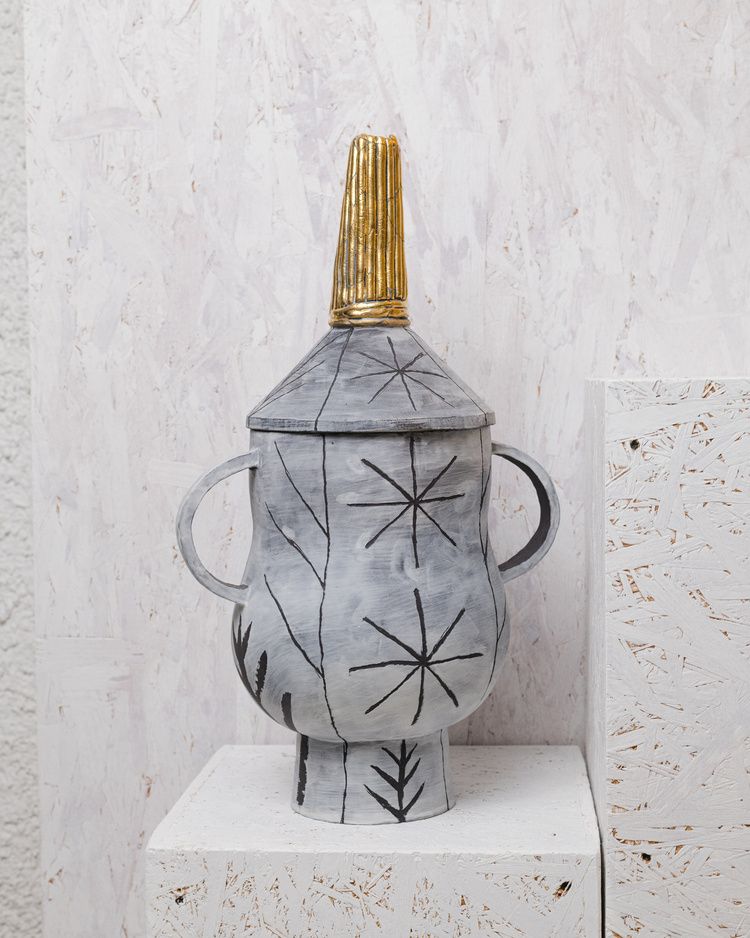
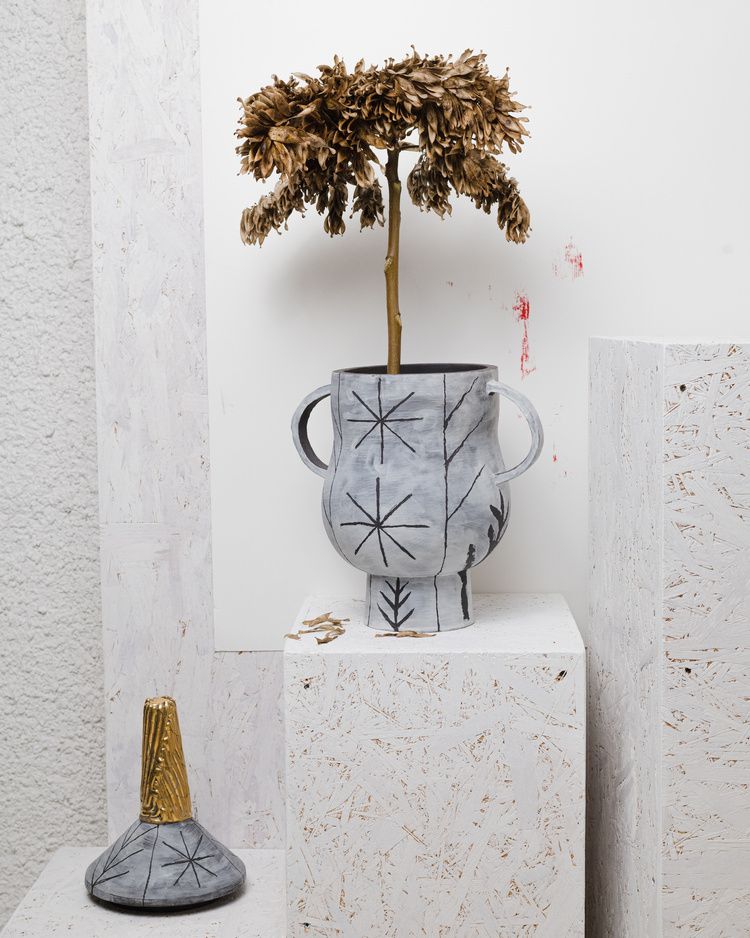

Linda Viková’s unique vases can be admired in person between the walls of Médecine Studio in Prague or at the Rajon design store in Bratislava, or the best way is to visit the designer in her Bratislava studio.
Photos: Martin Tomečko, Mafin Laurincova (portrait)
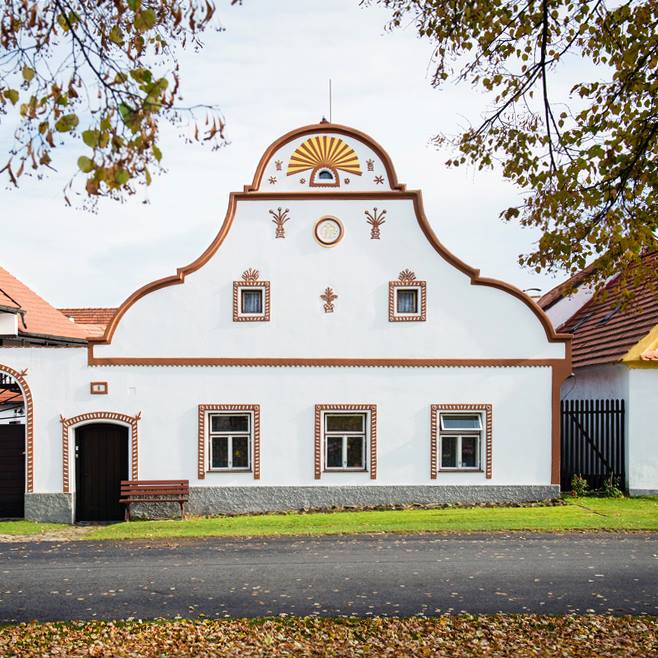
Magical villages in Eastern Europe | TOP 5

Bjarke Ingels teams up with an American billionaire to design the city of the future
